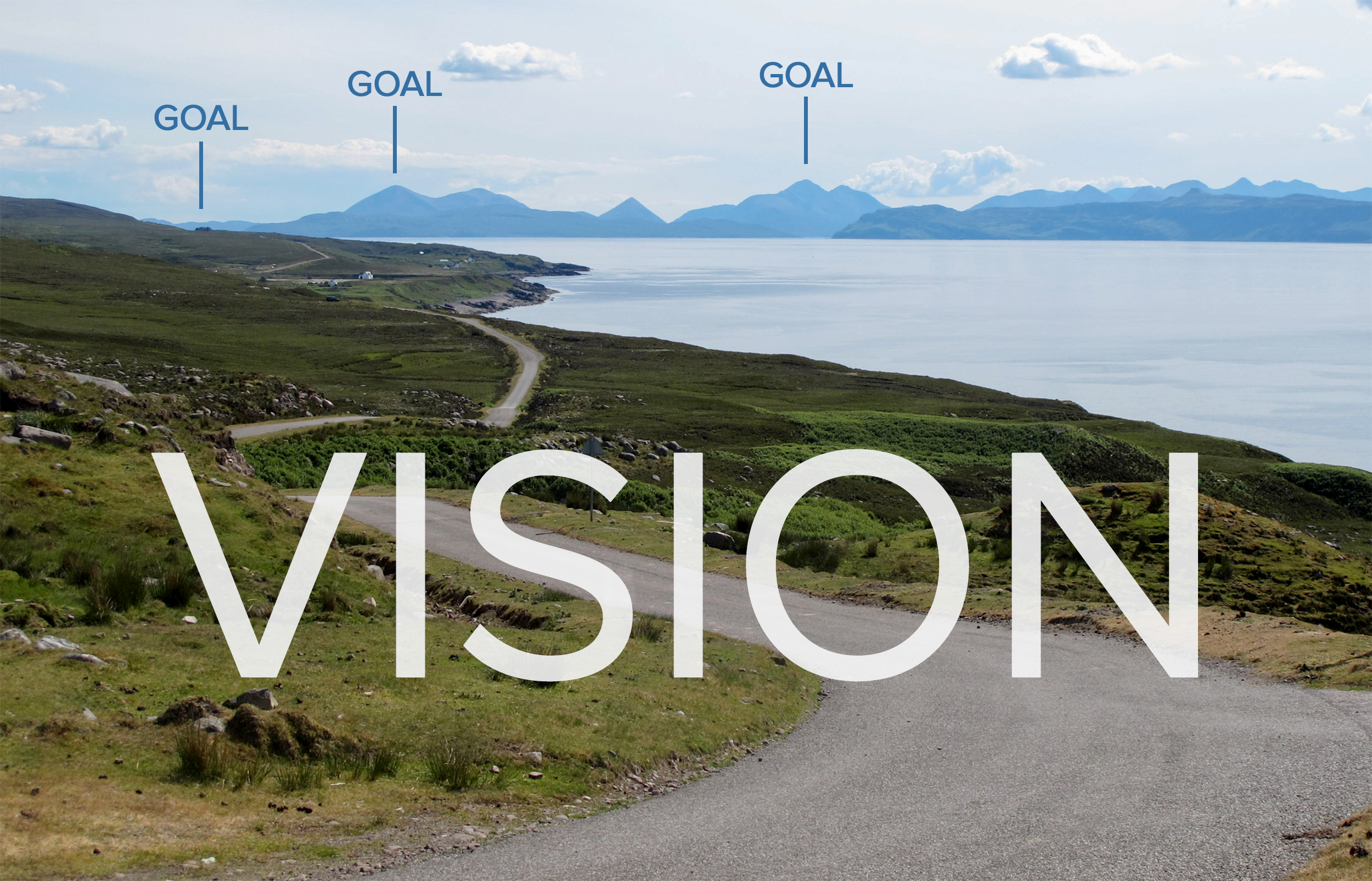Creative strategy is elusive. Unlike a marketing strategy or a communications strategy, your vision and plan for producing outstanding creative work can not follow a canned approach. The nature of creative strategy is to go into the unknown and return with something that is original and moving. And it is very dependent upon the people involved.
One of the reasons creative strategy is so hard is that ultimately you can not control the end result. The goals themselves are often both specific and broad, which is why creativity is required.
“Increase engagement.” Do more clicks equal more interest?
“Build brand awareness.” Just because I know of you doesn’t necessarily mean I know you.
“Sell more.” It’s impossible to attribute to any one factor.
Still, action in the marketplace is necessary and the marketplace favors the new, so creation is required. A creative strategy is a bridge between your goals as a marketer, communications director or business leader and the people who will make it happen.
A creative strategy connects the dots and bypasses the unnecessary for everyone involved. It is often only one part of the overall plan, but without it the potential for innovation, memorability and differentiation dramatically drops. It takes into account what encourages and facilitates better creative work. It does not tell the creative team what to do.
When I work on strategy I always craft a vision for the work prior to creating any tactics, actions steps or resource plans. The vision—intangible, inspiring, heroic—is both a touchstone and a rallying point for both client and creative team. Without it, creative work suffers. It either degenerates down into filling cookie-cutter brand templates or wildly inventive self-expression by talented creative people that may or may not get you nearer your goal. In each case, the outcome depends upon the particular skills of the creative person involved. And that scares people who are not creative.
The best creative strategy provides insights and opportunities to the creative team, gives them problems to solve and clearly identifies the end game. It is both open to interpretation and clear in its expectations. It leverages the strength of the team. Indeed, it can only be written with a clear understanding of the people involved, because people, not processes, create things.
My approach asks a lot of everyone involved—clients, planning team, account team, producers and the creative team. It is a high bar. It requires talent and trust. It’s based on respect for everyone’s role. No one is an order-taker; everyone is a problem solver. But, it’s what is necessary to do great work. And it works.
This article also appears on Medium.
Photo of horizon by NASA.




